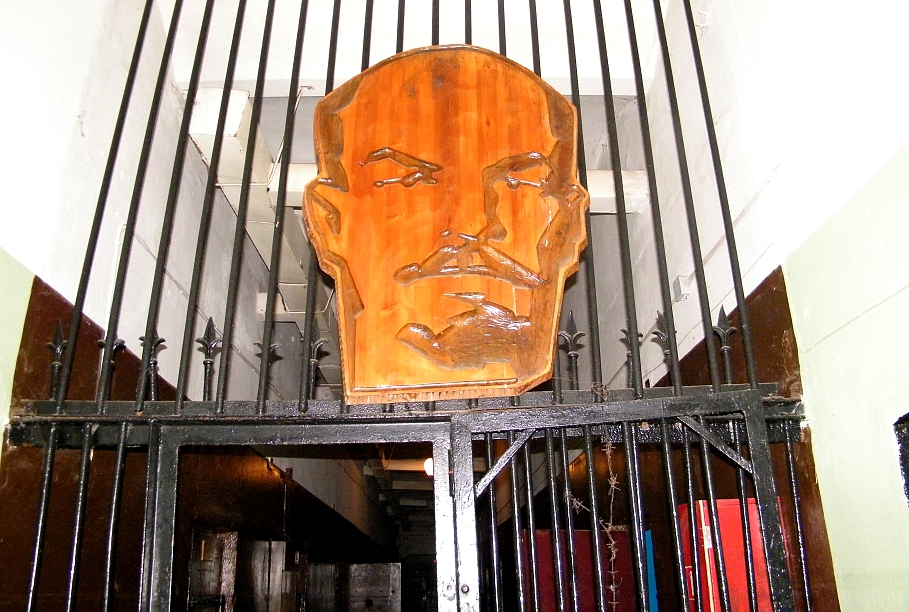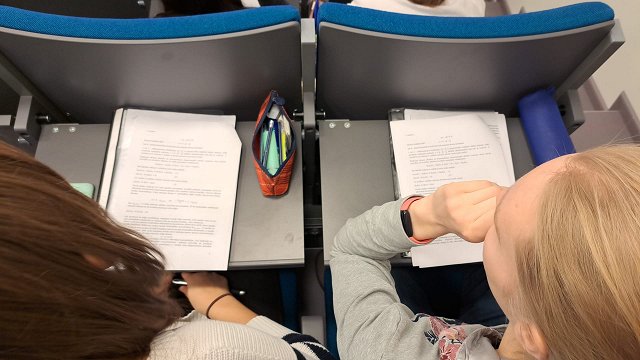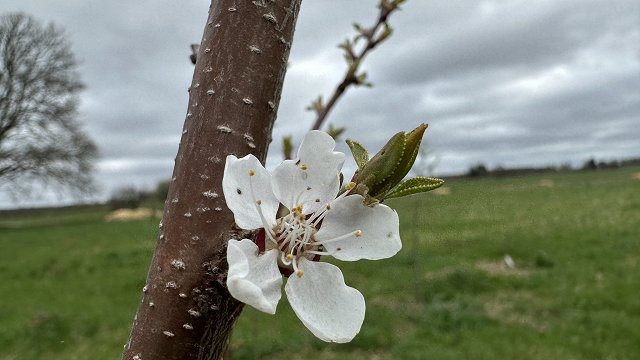- Nuclear shelter for the Soviet elite
- A night of abuse at a military prison
- Death is funny at the Museum for History of Medicine
- So Naive...
- The greatest wooden spoon in the Baltics
- If cows could talk - the Milk Museum and Milk Manor
- Wooden Toy Museum
- The Riga Psychiatry and Narcology Center Museum
- World Hat Museum
- Moonshine Museum
Nuclear shelter for the Soviet elite
There's a bunker in Līgatne nine meters under the ground. It's where the communist elite would have been sheltered in case of a nuclear attack on the USSR.
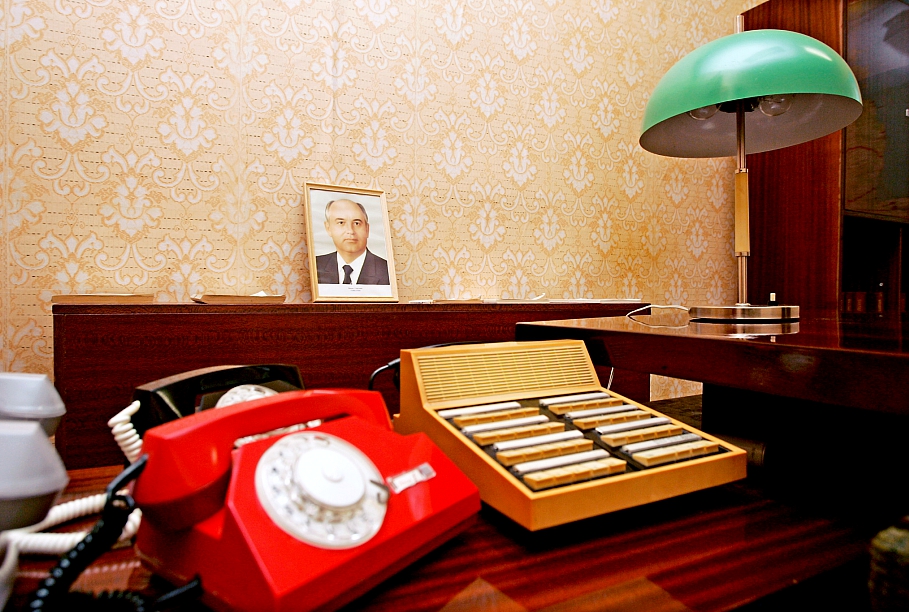
The bunker held supplies for surviving several months of nuclear fallout. It even had an autonomous diesel generator and a direct line with the Kremlin (now defunct).
Latvia's official travel website says the secrecy shrouding the bunker was so great that, for 30 years, people at the adjacent sanatorium remained unaware of the huge structure right under their feet.
Now however everyone is free to explore the place, doubling as a museum that houses Soviet memorabilia, as well as maps and plans preparing for a nuclear strike.
To top it off, there's a Soviet-style canteen with menu items such as the ‘Kolkhoz combo’ with soup, stewed fruit drink and rye bread on the menu.
Want to make the most of your day outside the capital? Visit the nearby Līgatne nature trails to unwind after the stiffening underground and meet animals like the celebrity bear Ilzīte.
A night of abuse at a military prison
The Karosta Prison in Liepāja was a military prison built in 1900. The last inmate left in 1997.
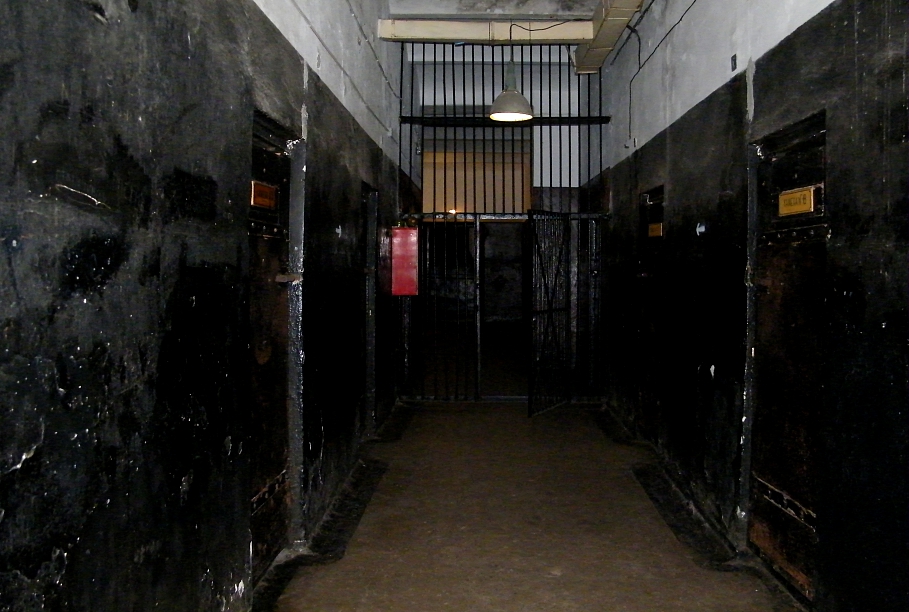
It routinely gets featured in international media. Probably because it's weird.
Guests can learn about the prison's history at the museum, spend a night behind bars, eat at a Soviet-style canteen with brusque waiters, and then there's ghosts.
If that's not enough, you can also sign up for a night of verbal abuse and compulsory exercise to seriously dampen your spirits.
Read more about the place HERE.
It's popular not only with self-styled ghost busters - the popular Japanese show 世界の果てまでイッテQ (Let's go to the end of the world!) came to visit in February 2017. That might count for something.
For what it's worth, an actress from the show apparently bought a pair of Lickstarter cat panties while in Latvia.
Death is funny at the Museum for History of Medicine
The Pauls Stradins Museum for History of Medicine in Rīga has become even more interesting since late last year when Death overtook the museum with the Danse Macabre exhibition running until May 20, 2017.
It delves deep into the medieval allegory of danse macabre (dance of death), and shows about fifty death masks, most of them from early 20th century Latvia.
An eerie video showcases the macabre goings-on at the museum.
Here's the museum's delightfully strange Valentine's Day greeting (it's a heart of a dog--straight out of Bulgakov, or, well, a dog).
So naive...
What does 'plain and simple' look like when taken to artistic extremes?
The Naive Art Museum in Rīga offers a possible answer, featuring more than a hundred Latvian naive artworks at the NOASS floating gallery, which regularly hosts other culture events and is of interest in and of itself.
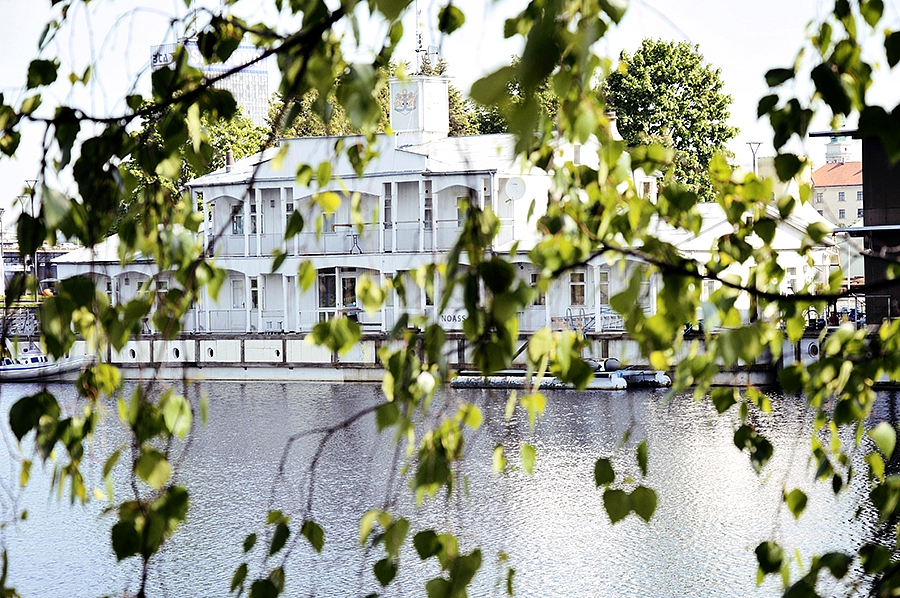
"Naive artworks can be recognized by childish, plainness and simplicity, inaccurate forms, substandard perspectives and proportions and bright colors, artists do not keep to standards and criterions but on the same time they put in great part of emotions and experience," says the museum.
It appears, then, that there's reason enough to make art without any preconception. And the Naive Art Museum is just the place to see such art.
Read more about it HERE. It's closed from October to May.
The greatest wooden spoon in the Baltics
Brits and Australians might recognize the expression "the wooden spoon" referring to an imaginary prize given to losers in a competition. Therefore the Wooden Spoon museum is a great place to pick up consolation prizes if you're organizing an event.
It houses more than 5,000 spoons wooden spoons made of 54 varieties of trees and bushes. There's a 1,86m high 5-kilo spoon in the museum, meaning those who want to sup with the devil might also be interested.
Terrible puns aside, the collection is remarkable - it's 30 years' worth of work by spoonmaker Arvīds Sietkovskis who has turned his house into a museum.
You're sure to appreciate the sheer variety of spoons found at the museum, which lies just outside Daugavpils.
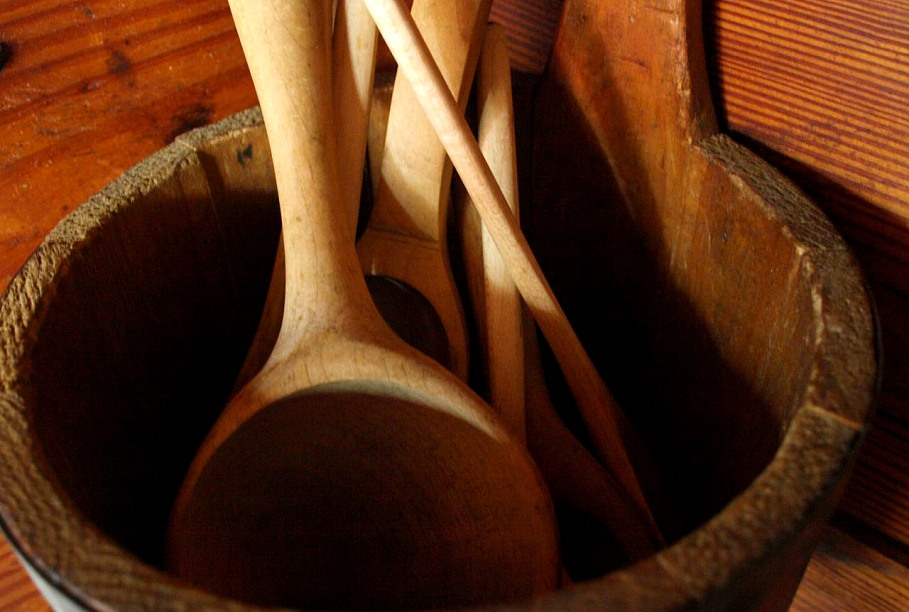
Admittedly, it's a small place so you have to schedule your visit by phone - +371 26210612.
If cows could talk - the Milk Museum and Milk Manor
With all the talk about 'media literacy', people have put aside the fact that there are many other things to be illiterate about. Like milk.
Thankfully the Dairy Museum, according to Latvia's official tourism website, will teach you everything about milk "from the cow’s teat to a glass bottle or carton!"
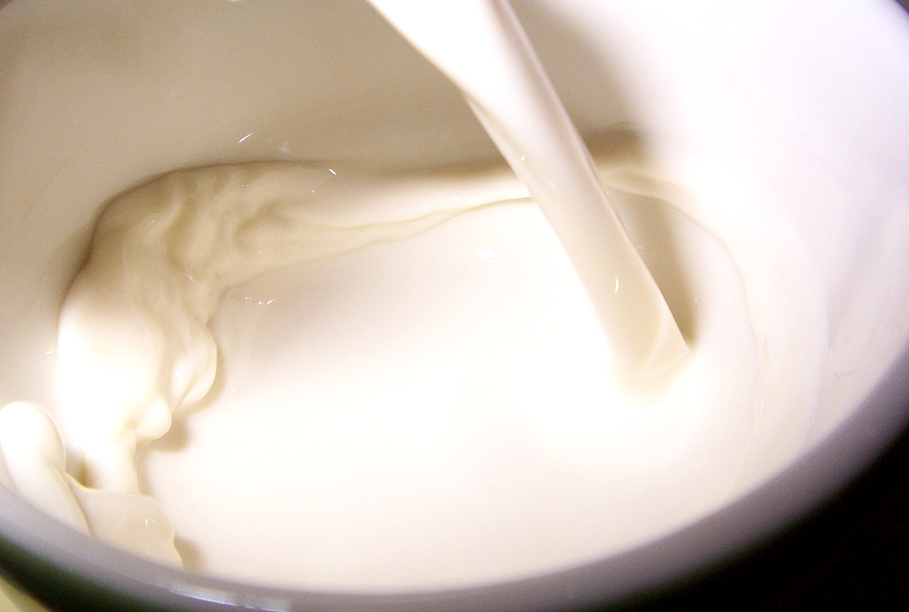
There's more - you can learn about churning butter, look at real equipment used at real farms, and finally get hands-on evidence about the origins about people's favorite source of calcium.
Among the 250 exhibits there's also a present by the British Queen endorsing Latvian butter in the 1930s.
Meanwhile the the 16th-century Milk Manor (originally Berghof Manor) offers a place to stay. In addition to food and recreation, you can enjoy such creamy pleasures like a milk bath and other Milk SPA activities designed to relax you with the power of the white stuff.
Watch a local TV story about the museum HERE (warning: it has talking cows).
Wooden Toy Museum
The Wooden Toy Museum as Sabile (an hour's drive away from Rīga) has more than 1,000 toys on display in once place. It's one of the most reasonable museums featured in this top, and children will love it.
However the sheer immensity and variety--including some very strange toys indeed--of the collection is to raise an eyebrow or two as you wonder what it was exactly running through Geppetto's mind as he was making his Pinocchio.
Click HERE to see pictures.
As with the bunker, there's a lot of stuff to do just close. The Abava Valley Nature Park has bog trails, waterfalls and other nature-themed points of interest. Local wine makers are definitely worth visiting too.
The Riga Psychiatry and Narcology Center Museum
Mental illness is not funny, but it is strange.
The Riga Psychiatry and Narcology Center Museum, called "Alexander's Heights" in Latvian, referring to the clinic's former name, houses a collection that includes a skull, historic religious artifacts used at the clinic, and other oddities.
It's located at Tvaika st. 2 and, as it's a newly opened museum visits have to be scheduled - either by phone (+371) 67080237, (+371) 29278782 or email: [email protected].

World Hat Museum
Meanwhile the World Hat Museum, located in the historic Art Nouveau quarter in Rīga, offers a trip around the world--well, most of it anyway--by way of hats.
With a great variety of hand-made hats and kerchiefs, some adorned with jewels, others made by natives and peculiar by most standards, the museum offers a fair share of thrills in an accessible place.
See photos HERE.
Moonshine museum
There are conspicuously many ways to say "moonshine" in Latvian. In western Latvia you'd call it kandža, while other parts opt for dzimtenīte (homeland) as well as ļurga, samagonka, and even such zingers like "women's tears", and, inexplicably, "the sobs of the ditches".
But now one name has emerged to rule them all, with the Šmakovka (moonshine) museum having opened in Daugavpils last year.
The place is already famous for attracting connoisseurs to taste authentic Latgalian homebrew and offers a look at state-of-the-art ways of making the stiff aquavit.
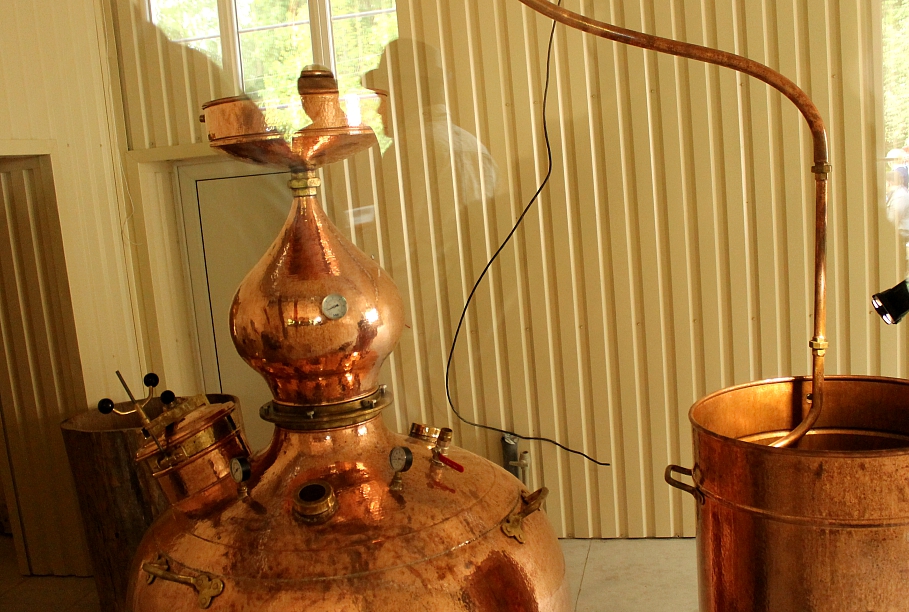
Want to go but don't know what to drink?
"The traditional šmakovka has the best reviews so far. Some claim they don't like the Tarhun of Latgale, a green-colored drink with lemon balm. But many like the oak šmakovka, made from apples and held in oak barrels," museum representative Valdis Ozols told Latvian Radio at the opening.
While having an illicit history, the šmakovka at the museum is made with a license and safe for consumption provided it's done responsibly.
Of course Daugavpils, Latvia's second largest city, isn't just about moonshine.
In addition to having a vibrant cultural and night life, it's also the city of the Mark Rothko Art Center that houses original artwork by the eponymous Daugavpils-born abstract expressionist. You're encouraged to visit before going to the šmakovka museum - not after.
